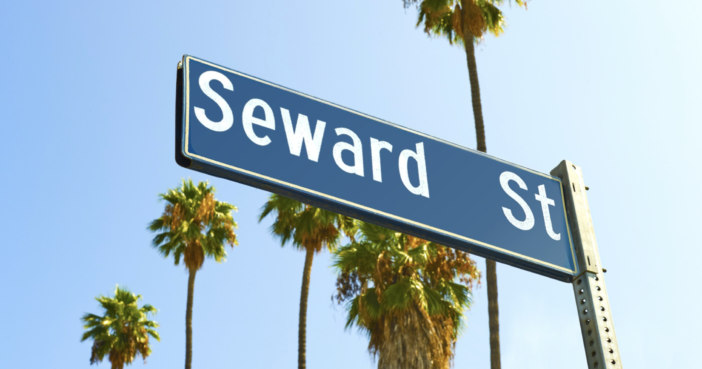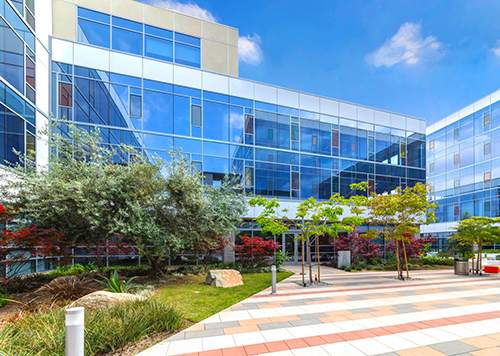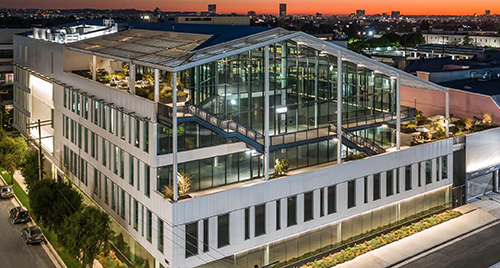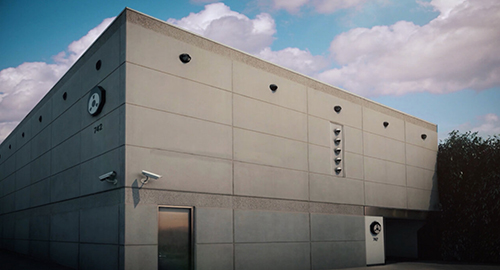

Wedged between Las Palmas and Cahuenga, the entirety of Seward Street runs just a few short blocks between Melrose Avenue and Sunset Boulevard. Yet, despite its modest footprint, Seward Street—and its various inhabitants over the decades—have occupied a sizable place in Hollywood history.
Seward’s story begins in 1878 when former United States Senator Cornelius Cole settled on a newly purchased 500-acre ranch in the Cahuenga Valley. He called the surrounding territory Colegrove (his wife’s maiden name) and dubbed many of its thoroughfares—Cole Street, Willoughby Avenue, and Eleanor Street—after members of his family. Following this tradition, Cornelius named Seward Street after his eldest son, one of the city’s pioneer real estate dealers.
A few decades passed before Hollywood truly got into the business of making pictures, however, when hordes of filmmakers moved west to escape a litigious Thomas Edison and his patents. By 1915, Hollywood had become the epicenter of entertainment and Seward Street one of its main addresses.
A 1991 Los Angeles Times article described Seward as “part of the real Hollywood. The working Hollywood, that is—not the glamour side and not Hollywood Boulevard, with its strange nocturnal life forms.

Seward Street is a street you’d probably never have any reason to drive down unless you were getting some film reels developed.” Thirty years later, the notion that Seward remains more behind-the-scenes than center stage may still ring true, but it undercuts the marvelous design and renewed excitement bubbling up along the street today.
Constructed in 1925, during Hollywood’s Golden Age, “The Seward House” at 729 Seward Street has sheltered some of the industry’s most innovative companies. Bob Clampett Productions—the animator and director who designed Porky Pig, Daffy Duck, and Tweety Bird—leased the entire building during the 1960s as a production house for his popular cartoon series, Beany and Cecil. More recent tenants of the building—which was remodeled in 2014—include L1N Pictures and Funny or Die!
The 1949 red velvet nudes of Marilyn Monroe that appeared in the inaugural issue of Playboy were taken at 736 Seward Street, the site of Tom Kelley Photography Studio. Over the course of his career, Kelley would photograph a constellation’s worth of stars that included Ingrid Bergman, Greta Garbo, Joan Crawford, Henry Fonda, James Cagney, Jane Russell, Carmen Miranda, and Gene Kelly. Picrow currently occupies the beautiful ivy-covered building at this address.
The imposing, brutalist design of the Hollywood Vaults next door (742 Seward Street) makes sense for a climate-controlled, disaster-proof fortress that houses some of the industry’s most important memorabilia. Its owner has a familial connection to the team behind Churchill-Wexler Film Productions, a company that once inhabited 801 Seward Street (now D’Ziner Sign Co.) and created many of the educational films shown in schools from the Fifties through the Eighties.

Technicolor—who once occupied 823 Seward (the current home of film production company, Smuggler, Inc.)—now resides a few doors down at 861, a building with a history colorful enough to make the company proud. Harman Ising Studios made many of their Happy Harmonies here before Disney occupied the location in 1938. The latter studio needed a space for its Bambi animators during its Burbank studios’ construction. A decade later, Woody Woodpecker’s creator, Walter Lantz Productions, moved in.
After a devastating fire destroyed its Melrose Avenue plant in 1929, Consolidated Film Industries built a massive processing facility at what is now 933 to 959 Seward Street, the modern glass and steel structure currently home to post-production audio powerhouse, Formosa Group.

The Harlow, located at 1001 Seward Street, is one of the District’s newest builds and perfectly bridges the street’s past and future through both its purpose and design. This ultramodern structure evokes the sweeping design of an old Hollywood soundstage and boasts more than 100,000 sq. ft. of office space developed for the digital content creators who now lead the industry.
Whereas Seward may not be the star at the top of Hollywood’s well-lit marquee (there are plenty of other streets in competition for that title), it remains one of the city’s most vital and hard-working supporting players, a role it has held humbly and proudly for many decades and likely will for many more to come.
